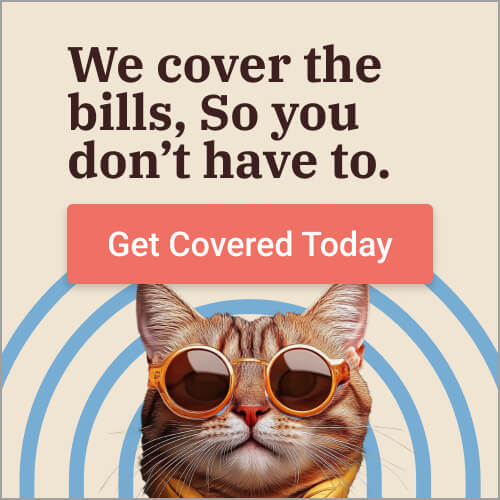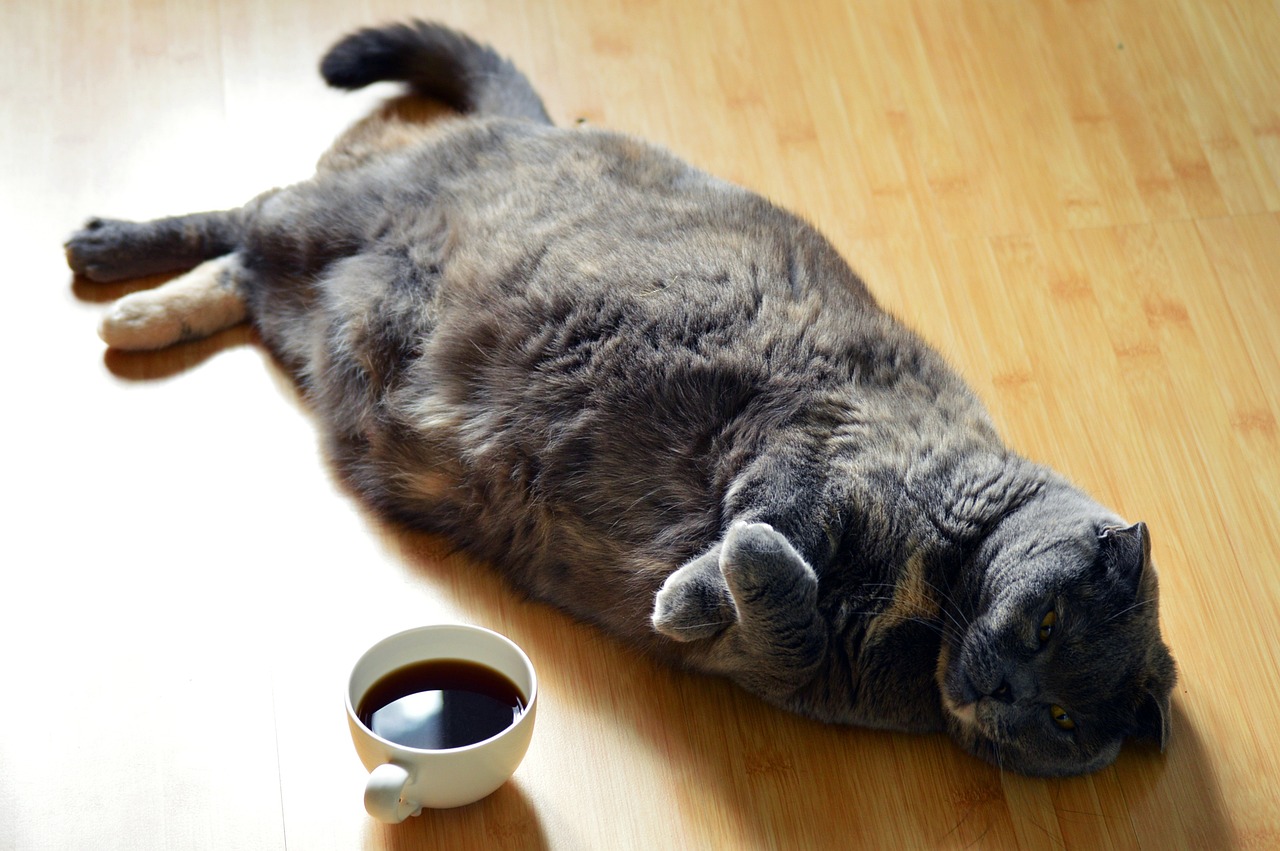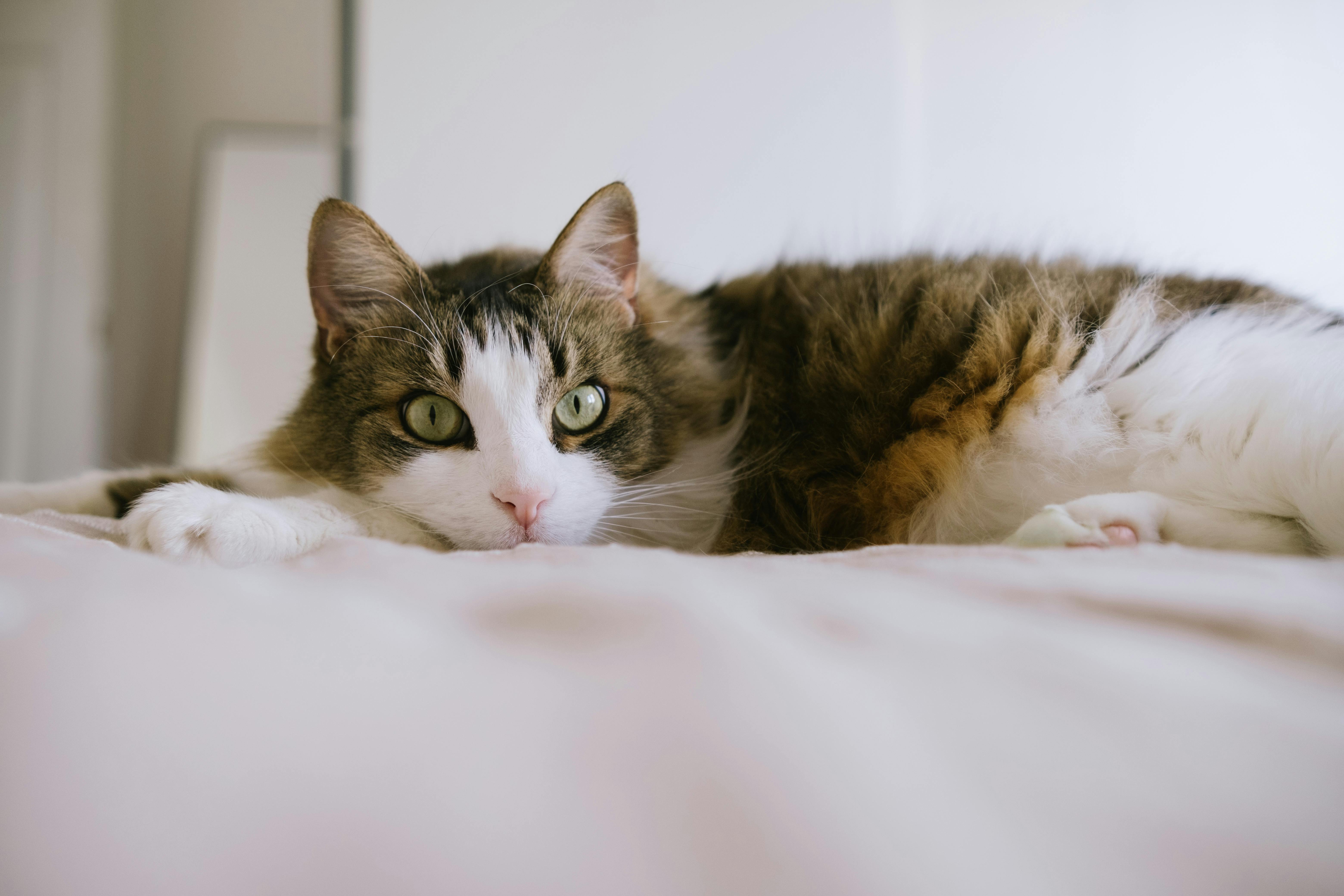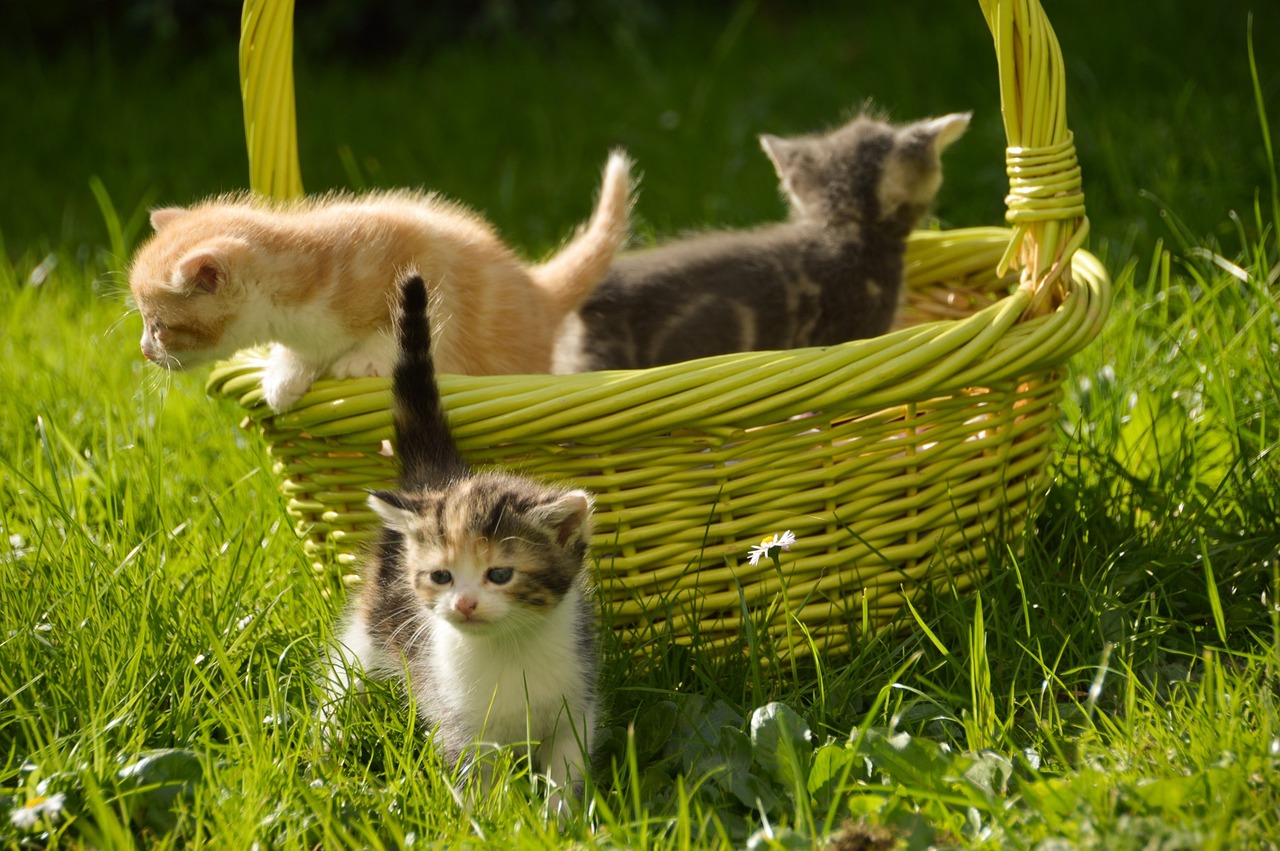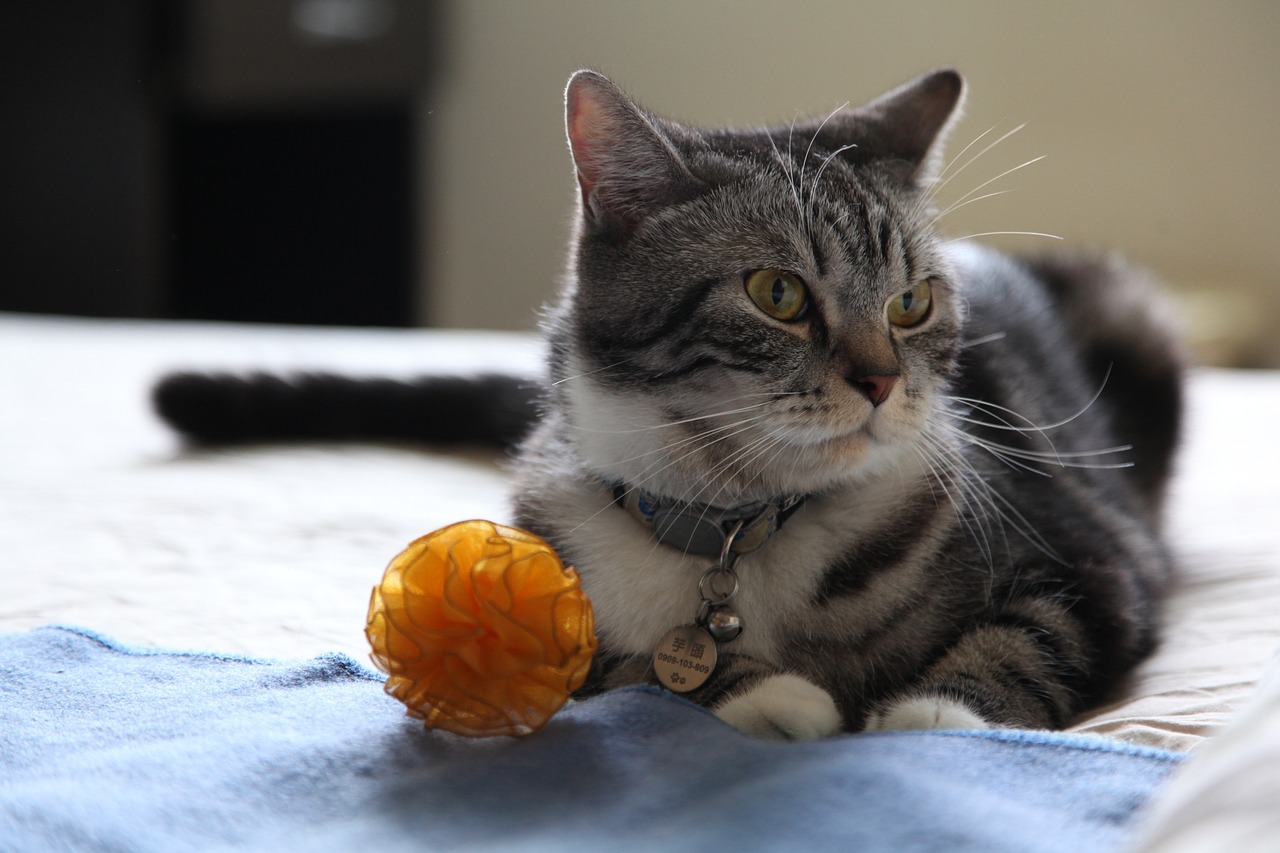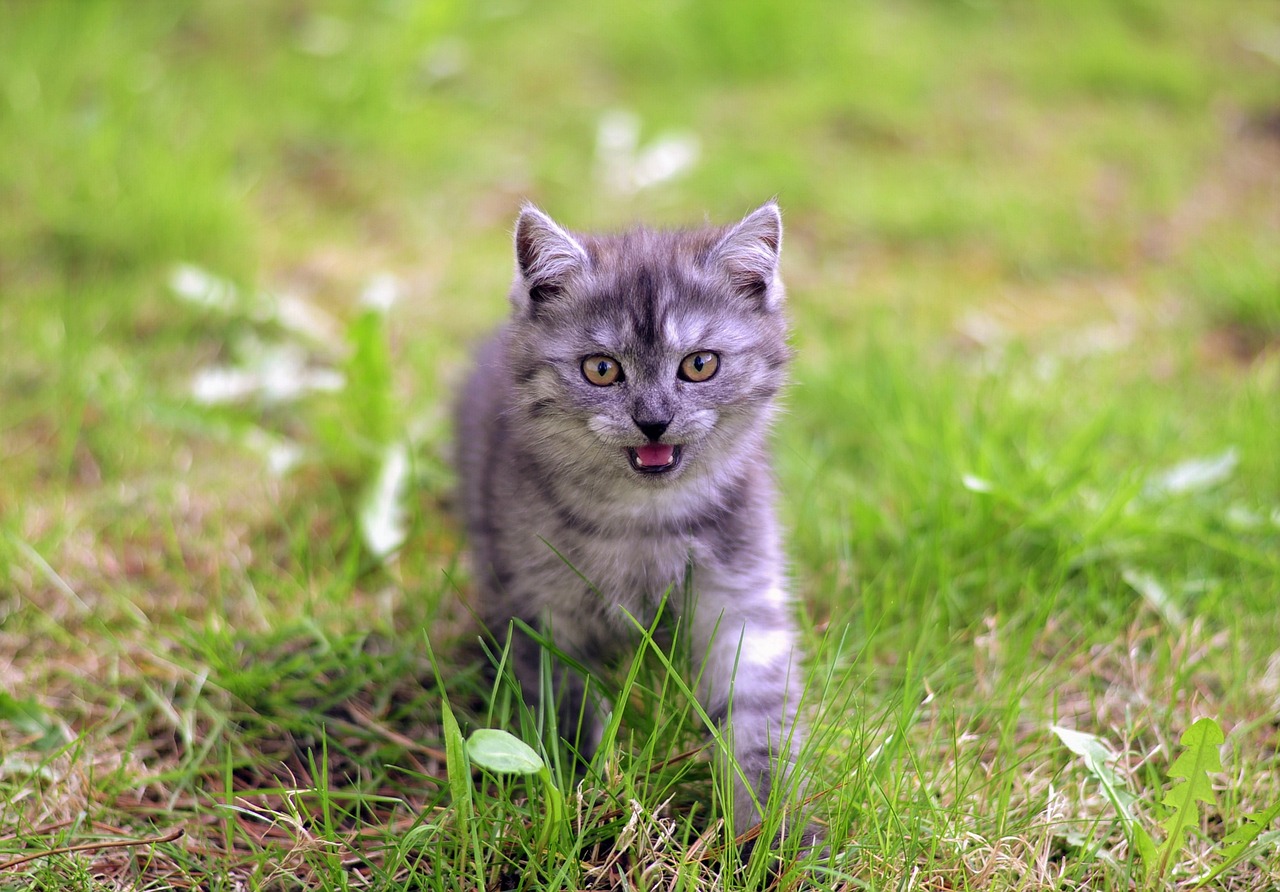How to Determine If Your Pet Is Overweight and How To Prevent Obesity

Unsurprisingly, one in three cats and dogs in the United States is overweight. A 2019 study by Banfield Pet Hospital revealed that the prevalence of overweight and obese pets has reached alarming levels, contributing to the rise of diseases associated with excess weight, such as osteoarthritis.
So, how can you tell if your pet is at a healthy weight, and why does it matter for their well-being?
The Impact of Obesity on Your Pet's Health
Spoiling our furry companions with extra food or skipping a walk here and there may seem harmless, but it can have significant consequences for their health. Frequent overfeeding and a lack of exercise can lead to severe issues, including high blood pressure, an increased risk of cancer, respiratory problems, and diabetes. Furthermore, excess weight can reduce your pet's life expectancy.
How to Assess Your Pet's Weight
Use the weight spectrum graph as a starting point to determine if your dog or cat needs to shed a few pounds. Additionally, perform a simple physical check on your pet's rib cage. If you can feel a thin layer of fat but still easily locate their ribs, your pet is likely at a healthy weight. However, they may be overweight if you need to exert pressure to feel their ribs.
Creating a Healthier Lifestyle for Your Overweight Pet
Diet
If you suspect your dog or cat is overweight or obese, consult your veterinarian for guidance. They can help you identify your pet's ideal weight and recommend the appropriate calorie intake. Your vet can also assist in devising a weight-loss plan, suggesting a suitable diet based on your pet's lifestyle, and providing portion size recommendations. It's crucial to note that pet food packaging often provides general portion guidelines that may not align with individual animal needs. If you have multiple pets, feed them separately to monitor their intake accurately, as free feeding can be problematic.
Ensure your pet has access to an entire water dish at all times, as dogs, in particular, appreciate fresh water and will drink it even when they're not eating.
Exercise
Physical activity is a vital component of maintaining a healthy weight for cats and dogs, according to the Association for Pet Obesity Prevention. Walking is an effective option for weight loss in dogs. To maximize its impact, maintain a brisk pace during your walks. Maintain a focused and determined posture to keep your dog engaged.
For dogs, dog parks, both indoor and outdoor, offer additional opportunities for exercise. It's essential to be aware of proper dog park etiquette.
If you have a cat, enrichment toys like feather wands can help them reach a healthy body weight. Puzzle feeders are also effective, as they encourage hunting and playing for food, burning calories with each kibble piece.
For adventurous cats, outdoor exercise on a leash can be an exciting option. Learning how to start leash training is essential for a successful experience.
Stay Persistent
Remember that patience is vital as you work toward helping your pet achieve a slimmer and happier life. It may take up to six months to see noticeable changes after implementing adjustments in your pet's food and exercise routines.
Get insurance plans with wide-ranging coverage options







